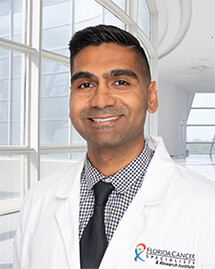Exagamglogene Autotemcel for Transfusion-Dependent β-Thalassemia
BACKGROUND
Exagamglogene autotemcel (exa-cel) is a nonviral cell therapy designed to reactivate fetal hemoglobin synthesis through ex vivo clustered regularly interspaced short palindromic repeats (CRISPR)–Cas9 gene editing of the erythroid-specific enhancer region of BCL11A in autologous CD34+ hematopoietic stem and progenitor cells (HSPCs).
METHODS
We conducted an open-label, single-group, phase 3 study of exa-cel in patients 12 to 35 years of age with transfusion-dependent β-thalassemia and a β0/β0, β0/β0-like, or non–β0/β0-like genotype. CD34+ HSPCs were edited by means of CRISPR-Cas9 with a guide mRNA. Before the exa-cel infusion, patients underwent myeloablative conditioning with pharmacokinetically dose-adjusted busulfan. The primary end point was transfusion independence, defined as a weighted average hemoglobin level of 9 g per deciliter or higher without red-cell transfusion for at least 12 consecutive months. Total and fetal hemoglobin concentrations and safety were also assessed.
RESULTS
A total of 52 patients with transfusion-dependent β-thalassemia received exa-cel and were included in this prespecified interim analysis; the median follow-up was 20.4 months (range, 2.1 to 48.1). Neutrophils and platelets engrafted in each patient. Among the 35 patients with sufficient follow-up data for evaluation, transfusion independence occurred in 32 (91%; 95% confidence interval, 77 to 98; P<0.001 against the null hypothesis of a 50% response). During transfusion independence, the mean total hemoglobin level was 13.1 g per deciliter and the mean fetal hemoglobin level was 11.9 g per deciliter, and fetal hemoglobin had a pancellular distribution (≥94% of red cells). The safety profile of exa-cel was generally consistent with that of myeloablative busulfan conditioning and autologous HSPC transplantation. No deaths or cancers occurred.
CONCLUSIONS
Treatment with exa-cel, preceded by myeloablation, resulted in transfusion independence in 91% of patients with transfusion-dependent β-thalassemia. (Supported by Vertex Pharmaceuticals and CRISPR Therapeutics; CLIMB THAL-111 ClinicalTrials.gov number, NCT03655678.)
